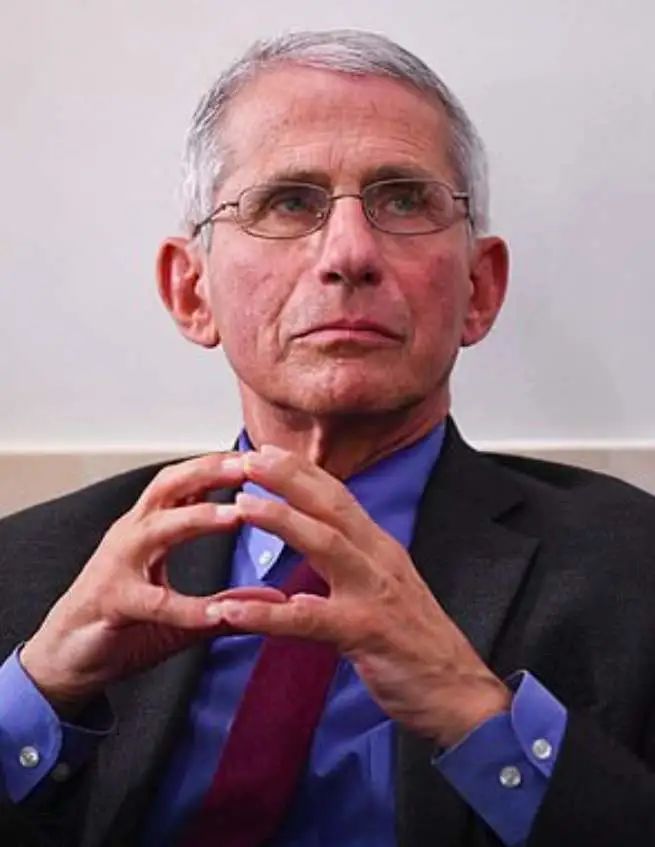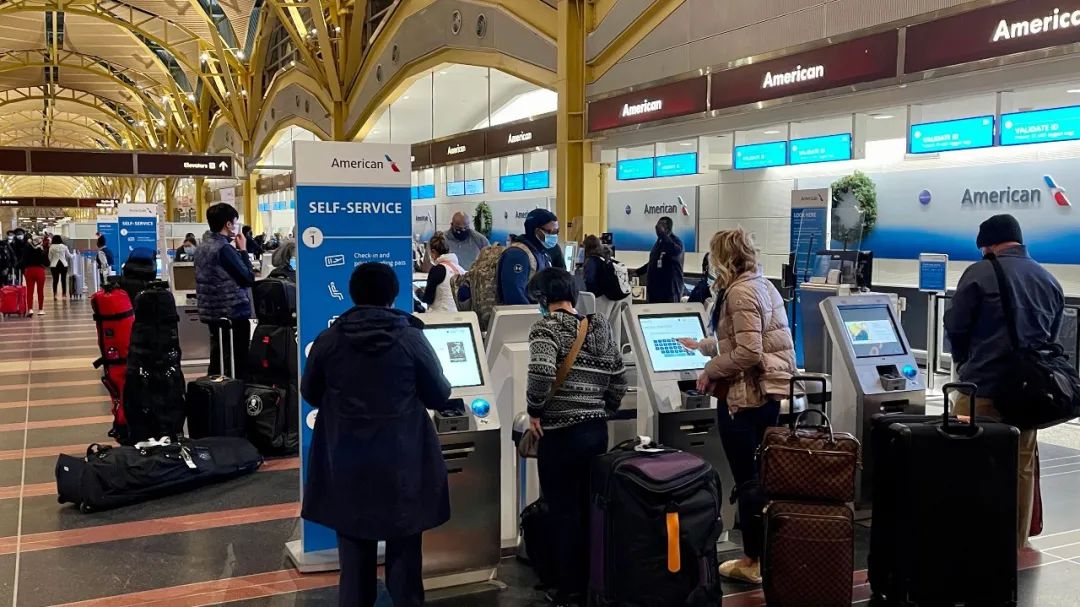Although the Centers for Disease Control and Prevention (CDC) repeatedly warned that large-scale travel may make the United States repeat the previous mistakes of “holiday epidemic spread” and call on people to stay at home as much as possible, with the Christmas and New Year holiday approaching, travel climaxes across the United States have once again.
According to the statistics of the Transportation Security Administration (TSA), in the past weekend, that is, the three days of the 18th, 19th and 20th local time, more than 1.066 million, 1.073 million and 1.064 million times have passed the airport security check in the United States. This is also the first time that more than one million people have traveled by air for three consecutive days since the outbreak of the novel coronavirus in the United States.
At Los Angeles, New York, Chicago and other major airports, passengers are crowded. In the words of Travel Pulse, a well-known North American travel website, “The deadly virus ravaging the country obviously cannot suppress the Christmas enthusiasm of Americans, and American airports have ushered in the annual end-of-year holiday travel peak”.
The massive movement of people reminds public health experts of the recent Thanksgiving: although the U.S. Centers for Disease Control and Prevention warned people not to travel this Thanksgiving at that time, as many as 9.4 million people violated orders. According to the data of the Transportation Security Administration, the number of civil aviation passengers exceeded one million four times during the Thanksgiving peak.

Anthony Fauci, the nation’s chief infectious disease expert, warned at the time that the U.S. could see a “surge” of new infections in the weeks after Thanksgiving.
The later fact was indeed said by Fauci: According to data from Johns Hopkins University, the number of new confirmed cases in the United States broke the record four times in a single day in the two weeks after Thanksgiving; compared with the first two weeks of Thanksgiving, the number of new cases and hospitalizations increased by 20%, and the death toll increased by more than 30%.
For the more “dangerous” Christmas and New Year holiday, Fauci expressed his deep concern again a few days ago:
Fauci: “Now that we are entering the Christmas season, I’m worried that the number of infections will soar further. I think the remaining weeks of December and January next year will be very, very difficult for us. So my advice is to minimize travel and avoid visiting loved ones.”
Fauci’s concerns are likely to be confirmed again. “Year-end holidays usually have more vacation trips than family trips during Thanksgiving,” the U.S. Newsday quoted the AAA Northeast section.
A recent survey of more than 1,000 American consumers by value Penguin, a personal wealth management website in the United States, also shows that the number of people planning to fly during the December holiday will be more than twice as many as during Thanksgiving.
What I’m really afraid of are these Americans.
In the context of negative and wrongful responses to the pandemic at the national level, people who ignore warnings and even refuse to acknowledge the existence of the epidemic have always existed. However, the ignorance and fearlessness of these people are exchanged for the anxiety and fear of other Americans.
A new survey by the International Union of Service Employees (SEIU) shows that more than 80% of front-line workers at airports across the United States are worried about their safety as the epidemic continues to worsen.
They said they were being forced to be exposed to the risk of infection because they lacked protective equipment or could not receive sick pay. Of the nearly 900 people interviewed, 37% were Latino, 32% were African, and 54% were immigrants, most of whom were basic workers in “key positions” such as airport and cabin cleaners, luggage porters, security guards and wheelchair attendants.
There are also front-line medical staff in “key positions”.
The U.S. health care system is on the verge of collapse as the number of infected people continues to climb record high. According to a survey, more than one-third of the population in the United States currently lives in areas with severe shortage of intensive care beds, and 10% of the population lives in areas that face the dilemma of less than 5% or even exhausted intensive care beds.
In addition to the tight medical equipment, the working status of American medical staff is also worrying. The sharp increase in COVID-19 patients has caused a serious gap in medical staff. The double pressure of body and spirit has caused pain to many medical staff.
Nearly 25,000 nurses in Southern California recently announced that they would go on strike from December 24 to January 3 next year to protest against “poor working conditions and inefficient administration” during the epidemic. The strike will affect three hospitals in Southern California. In the words of local nurses, there is a “internal disaster” at the hospital.

Erin McIntosh, nurse at Riverside Community Hospital in Southern California: “Our requirements are only safe, responsible and due staff. These problems existed long before the outbreak of the epidemic. The epidemic has exacerbated these problems. We want more support and more people to help us.”
The latest statistics show that the cumulative number of confirmed cases of COVID-19 in the United States has exceeded 18 million, and the number of deaths is approaching 320,000. However, to this day, only a few areas in the United States have taken basic epidemic prevention measures. Most areas still ignore the epidemic prevention requirements, and there are many protesters who oppose wearing masks.
Barack Rohn, a clinician at a Boston hospital, has been working on the front line of the fight against the epidemic and witnessed countless patients die of COVID-19. “Every American should have a minimum of compassion and have to shoulder their responsibilities during the pandemic,” he told CBS.
Ron: “Every preventive measure we take can reduce the risk of virus transmission, but it does not reduce the risk to zero. We now have more cases than ever before. But people are considering traveling. We really want you to see your family, but we don’t want you to see your family in hospital beds, just like we see every day.”



